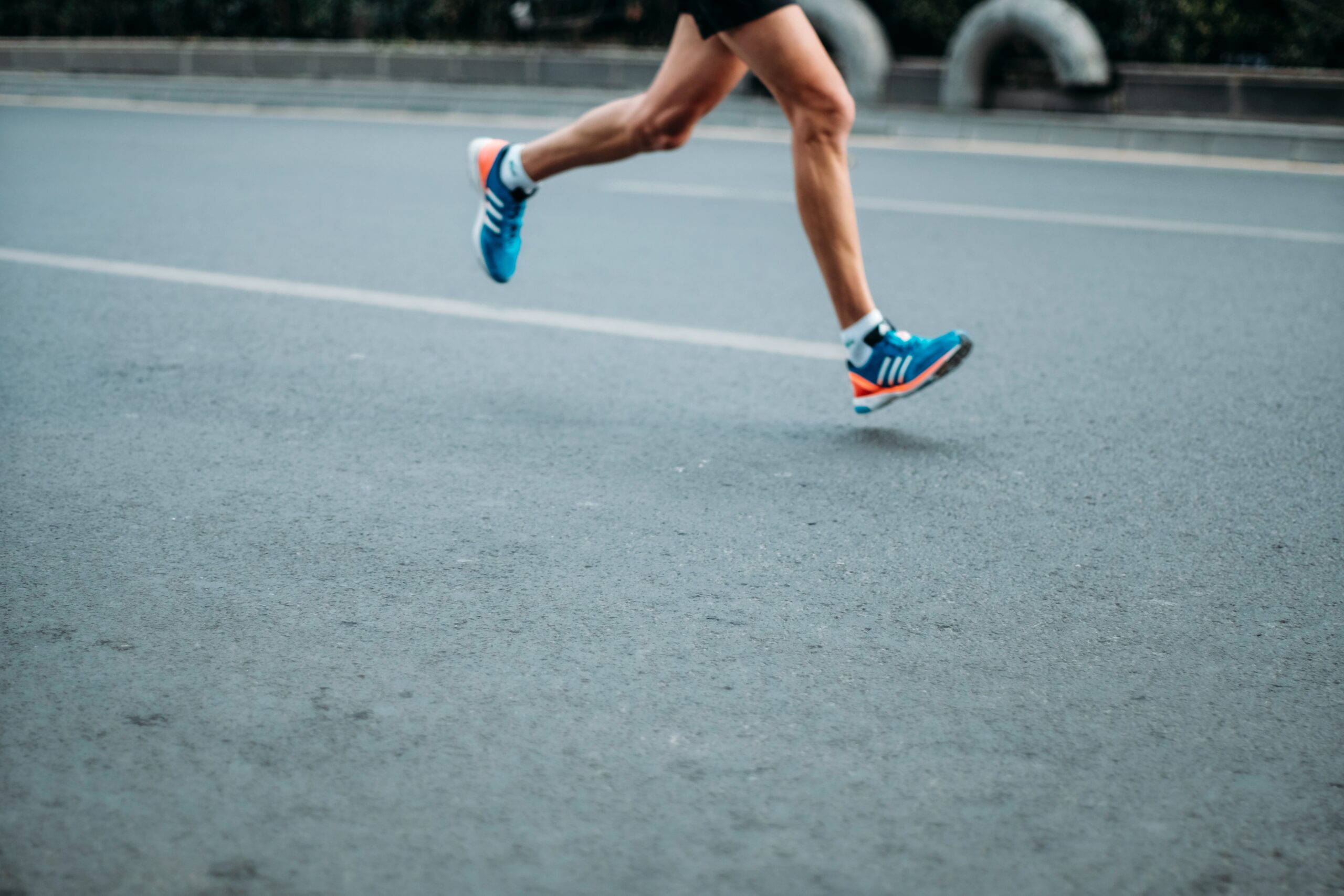Injuries can be a common setback for many runners, but with the right knowledge and techniques, they can be easily prevented. Understanding the intricacies of optimal jogging form is crucial to safeguarding yourself from potential harm while enjoying this popular form of exercise. By uncovering the little-known secrets of proper running posture, stride length, and foot placement, you can significantly reduce the risk of injuries and enhance your overall running experience. Let’s explore into these essential elements of jogging form to help you stay injury-free and maximize your performance.
Key Takeaways:
- Proper Upper Body Alignment: Maintaining a straight back, relaxed shoulders, and swinging arms correctly can help prevent injuries while jogging.
- Focus on Foot Strike: Pay attention to how your feet land while jogging to avoid injuries. Optimal foot strike varies for each individual, so find what works best for you.
- Importance of Cadence: Maintaining a consistent cadence can reduce the risk of injuries. Aim for around 180 steps per minute to improve your jogging form.
- Listen to Your Body: Pay attention to any signs of discomfort or pain while jogging. Adjust your form or take a break if needed to prevent injuries.
- Invest in Proper Footwear: Wearing the right shoes for your foot type and running style is crucial in preventing injuries. Visit a specialty running store to get fitted properly.
The Fundamentals of Jogging Mechanics
The Role of Posture in Injury Prevention
While many runners focus on factors like speed and endurance, the role of proper posture in injury prevention is often overlooked. The way you hold your body while jogging can significantly impact your risk of injury. Good posture helps distribute the impact of each stride more evenly throughout your body, reducing the strain on specific muscles and joints.
The key to maintaining proper posture while jogging is to keep your back straight, your shoulders relaxed, and your head aligned with your spine. Avoid slouching or leaning too far forward, as this can put unnecessary stress on your lower back and hips. By paying attention to your posture, you can minimize the risk of common jogging injuries like shin splints and knee pain.
The Impact of Foot Strike
The way your feet land when jogging, known as foot strike, can greatly affect your running performance and the likelihood of sustaining injuries. There are primarily three types of foot strikes: heel strike, midfoot strike, and forefoot strike. Each type has its own set of advantages and disadvantages, and the ideal foot strike can vary depending on individual factors such as running speed and experience level.
Jogging with a forefoot or midfoot strike is generally considered more efficient and less impactful on your joints compared to a heel strike. These types of foot strikes promote a smoother transition from one stride to the next, reducing the risk of overuse injuries like stress fractures or plantar fasciitis. When focusing on improving your foot strike, it’s essential to gradually adjust your form to minimize the risk of developing new injuries.
Fundamentals of jogging mechanics such as posture and foot strike are crucial elements to consider for injury prevention and improving running efficiency. By mastering these fundamentals, you can enhance your jogging experience and reduce the risk of common running injuries. Note, proper form is the foundation of successful and sustainable jogging practice.
The Rhythm of Running: Cadence and Stride
Obviously, when it comes to running, there are two fundamental aspects that greatly influence your performance and likelihood of injury – cadence and stride length. Understanding and optimizing these elements can make a significant difference in your running experience.
Understanding and Optimizing Your Cadence
The cadence, or the number of steps you take per minute while running, plays a crucial role in your overall running efficiency. It is recommended that most runners aim for a cadence of around 170-180 steps per minute. To determine your cadence, count the number of times your right foot hits the ground in one minute and then double it. This will give you your steps per minute.
Increasing your cadence can help reduce the impact on your joints and improve your overall running form. To optimize your cadence, try incorporating interval training and focusing on shorter, quicker steps rather than long, bounding strides.
Mastering Your Stride Length
Lengthening your stride can be tempting for many runners as it gives the illusion of greater speed. However, overstriding can lead to a higher risk of injury, as it puts more stress on your joints and muscles. It is important to find a balance between stride length and cadence.
Your stride length should naturally increase as your cadence improves. Focus on landing your foot under your body rather than in front of you to prevent overstriding. This will help improve your running efficiency and reduce the risk of injuries in the long term.
Strength and Flexibility: Key Allies for Joggers
Not only is proper running form essential for preventing injuries and improving performance, but so is having a strong and flexible body. Incorporating strength and flexibility training into your routine can help you become a more efficient and resilient runner. Here, we explore how these two elements can benefit your jogging experience.
Strengthening Exercises for Better Jogging Form
Formulating a solid foundation through strength training can significantly enhance your jogging form. Exercises such as squats, lunges, and planks can help target key muscle groups like your glutes, quadriceps, hamstrings, and core, providing the stability and power needed for a smooth and efficient run. In addition, strength training can help correct muscle imbalances and prevent overuse injuries that may arise from the repetitive nature of jogging.
Consistency is key when integrating strength exercises into your routine. Aim to incorporate at least two to three sessions per week, focusing on both lower body and core strength. Over time, you’ll notice improvements in your running form, endurance, and overall performance as your muscles become more resilient and capable of handling the demands of jogging.
Flexibility Routines to Complement Jogging
To optimize your jogging form and prevent muscle stiffness or tightness, flexibility training should not be overlooked. Incorporating dynamic stretching, yoga, or foam rolling into your post-run routine can help improve your range of motion, reduce the risk of injuries, and enhance muscle recovery. By lengthening and loosening tight muscles, you can move more freely and efficiently during your runs.
Better flexibility also means better joint mobility, allowing for a smoother stride and decreased stress on your body. A combination of static and dynamic stretches can help prepare your muscles for the impact of running, enhance your overall performance, and contribute to a more enjoyable and injury-free jogging experience.
Advanced Techniques for Enhanced Performance
Unlike basic jogging form principles, advanced techniques focus on fine-tuning your movements to optimize performance and reduce the risk of injuries. By incorporating these lesser-known strategies into your running routine, you can take your jogging game to the next level.
Advanced Techniques for Enhanced Performance 1. Proper Arm Swing 2. Correct Foot Strike 3. Efficient Cadence 4. Hip Rotation 5. Core Engagement 6. Balanced Stride Length
Breathing Strategies for Increased Endurance
Enhanced breathing techniques can significantly improve your endurance during jogging. By focusing on your breathing patterns and rhythm, you can optimize oxygen intake and better regulate your energy output.
One effective strategy is to practice diaphragmatic breathing, where you focus on expanding your belly (instead of just your chest) with each breath. This deep breathing technique allows for more efficient oxygen exchange and can help prevent side stitches and muscle cramps.
The Integration of Technology in Form Analysis
Integration of technology in form analysis has revolutionized the way runners can track and improve their performance. By utilizing tools such as wearable sensors, gait analysis software, and video feedback, athletes can receive real-time data on their running form and make necessary adjustments for optimal performance.
For instance, wearable sensors can provide detailed insights into your stride length, cadence, and foot strike pattern. By analyzing this data, you can identify any inefficiencies or imbalances in your form and work on correcting them to enhance your overall performance and prevent potential injuries.
Final Words
Drawing together the key principles of optimal jogging form, it is evident that proper technique is crucial in preventing injuries and enhancing performance. By paying attention to factors such as posture, foot strike, stride length, and arm movement, runners can significantly reduce their risk of injury and increase their running efficiency. The little-known secrets of optimal jogging form provide valuable insights for both novice and experienced runners alike. Implementing these techniques can lead to a more enjoyable running experience and help individuals reach their fitness goals with fewer setbacks. So, next time you hit the pavement, remember to focus on your form and reap the benefits of a safer and more effective running stride.
FAQ
Q: Why is jogging form important in preventing injuries?
A: Proper jogging form helps in reducing stress on muscles and joints, decreasing the risk of injuries caused by overuse or incorrect movement patterns.
Q: What are some key elements of optimal jogging form?
A: Optimal jogging form includes a relaxed posture, a slight forward lean, mid-foot strike, and a quick cadence to minimize impact on the body.
Q: How can I improve my jogging form?
A: You can improve your jogging form by focusing on your posture, engaging your core muscles, and practicing drills to increase efficiency and reduce the risk of injury.
Q: Is it necessary to consult a professional for guidance on jogging form?
A: While it is not necessary, seeking guidance from a running coach or physical therapist can help identify specific areas of improvement and provide tailored advice for bettering your jogging form.
Q: What are some common mistakes to avoid when it comes to jogging form?
A: Common mistakes include overstriding, landing heavily on your heels, slouching posture, and not using your arms efficiently. Identifying and correcting these errors can significantly reduce the likelihood of injuries while jogging.






